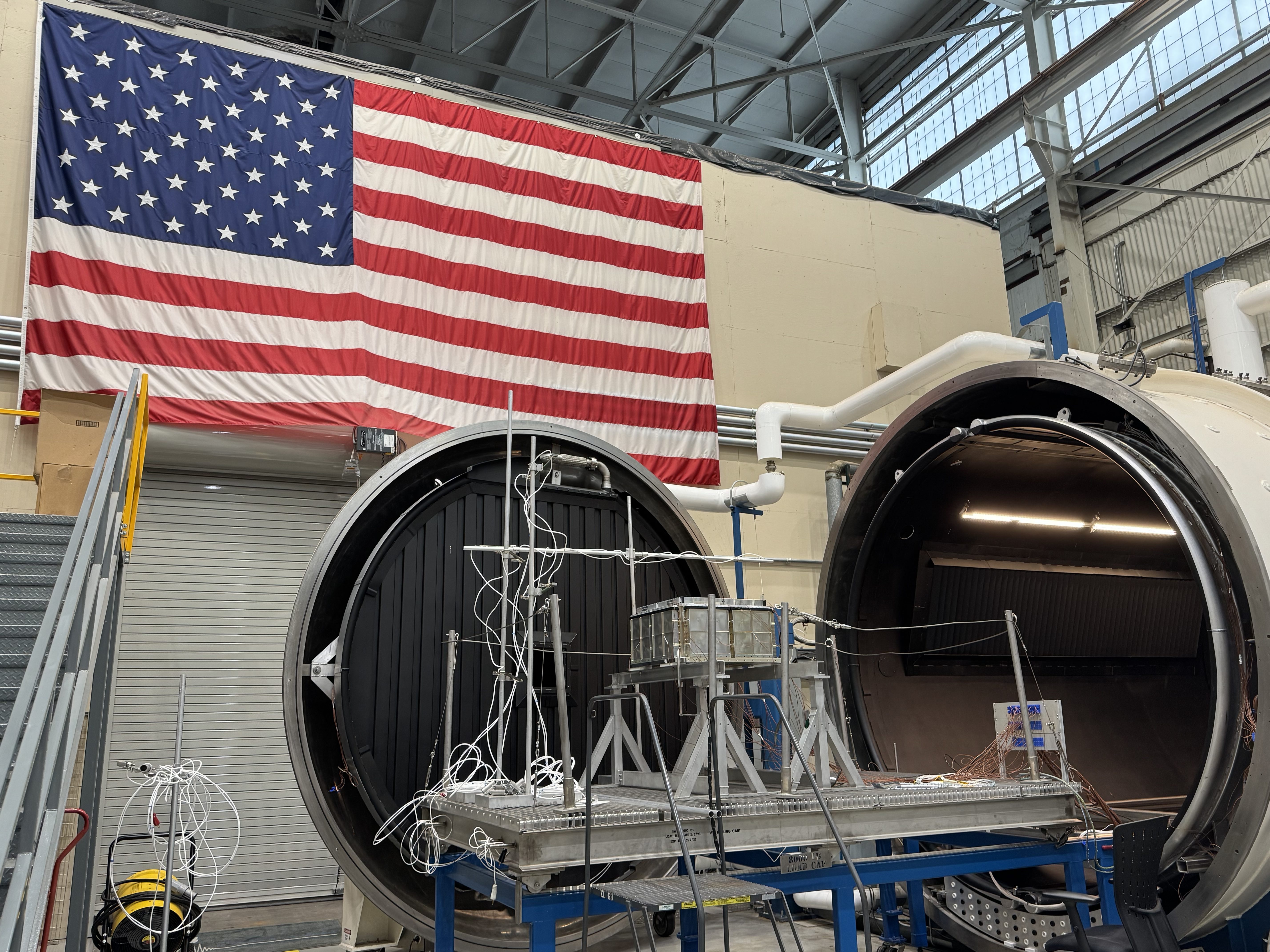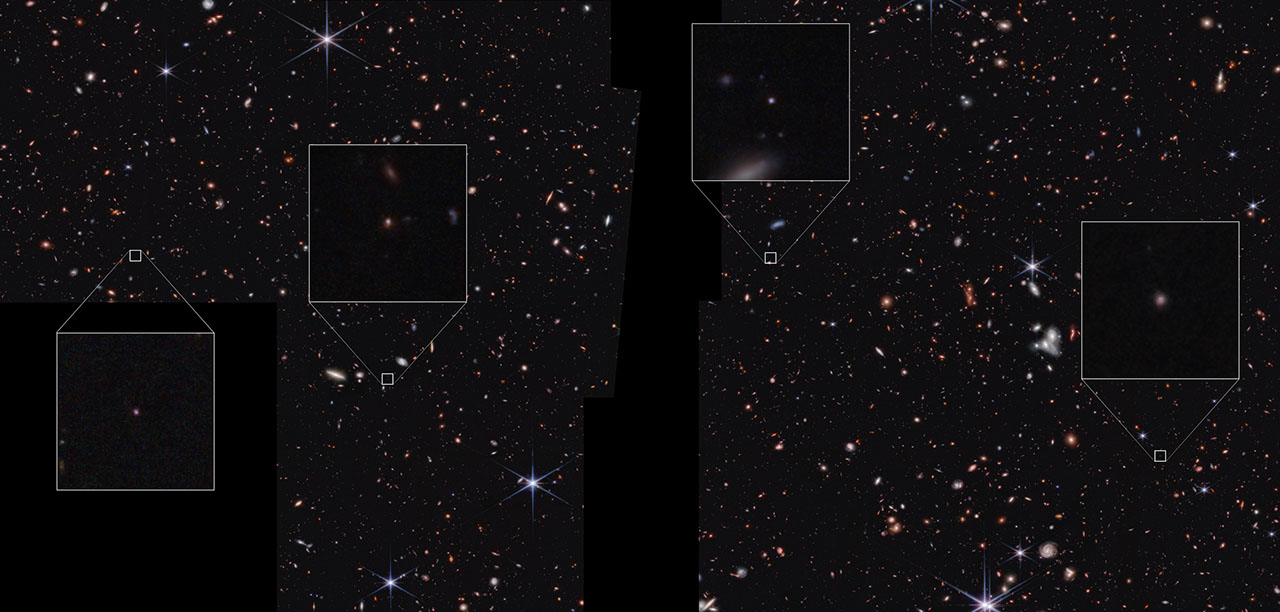Imagine an object moving at super-sonic speed. This object, as it moves through a medium, causes the material in the medium to pile up, compress, and heat up. The result is a type of shock wave, known as a bow shock.
A bow shock gets its name from bow waves, the curved ridge of water in front of a fast-moving boat created by the force of the bow pushing forward through the water. Bow waves and bow shocks can look similar, however bow waves only occur on the surface of water while bow shocks occur in 3 dimensions.
There are bow shocks everywhere, even in space--and these cosmic bow shocks can tell scientists cosmic secrets.
Even the emptiest regions of space contain protons, electrons, atoms, molecules and other matter. When planets, stars, and the plasma clouds ejected from supernovae fly at a high speed through this surrounding medium, cosmic bow shocks are generated in that medium.
The solar wind forms a bow shock in front of Earth's magnetosphere.
“The fast-moving plasma of the solar wind blows past Earth, but it cannot penetrate our magnetosphere,” explains Maxim Markevitch of NASA’s Goddard Space Flight Center. “The solar wind has a magnetic field, and the Earth's magnetosphere is almost like a solid body for that wind. So the solar wind forms a bow shock in front of the outer edge of the magnetosphere.”
Studying Earth’s bow shock can unlock the secrets of the solar wind, allowing us to better understand its complicated effects on our planet.
The high-speed collisions of stars with the interstellar medium create impressive bow shocks. Hot supergiant star Kappa Cassiopeia creates a shock that can be seen by the infrared detectors on NASA's Spitzer Space Telescope. In this Spitzer image, the pile-up of heated material around Kappa Cassiopeia is indicated in red.
Studying stellar bow shocks can reveal the secret motions of the underlying stars, telling us how fast they’re moving, which way, and what they’re moving through.
An example of a bow shock on an even grander scale is seen in this cluster of galaxies located in the Carina constellation, called 1E 0657-558. This X-ray image from the Chandra observatory captures the moment of a gigantic collision of two smaller clusters, the two white regions in the image.
Markevitch says, “The clusters are filled with hot plasma, and one of them -- the cluster on the right -- is smaller and denser. As it flies through the less-dense cloud of plasma that is the bigger cluster it forms a bow shock.”
Scientists study such cluster shocks to deduce their velocity in the plane of the sky. And the fine structure of the shocks reveals a lot about the interesting, complicated physical processes in the plasmas present in clusters as well as in many other astrophysical objects across the universe.
For more on shocking phenomena found beyond our solar system, stay tuned to science.nasa.gov.


































